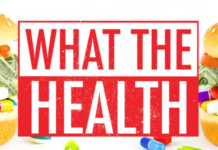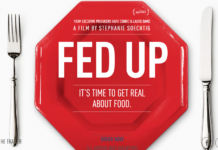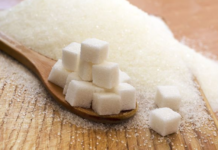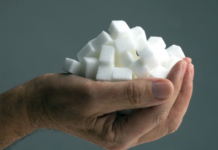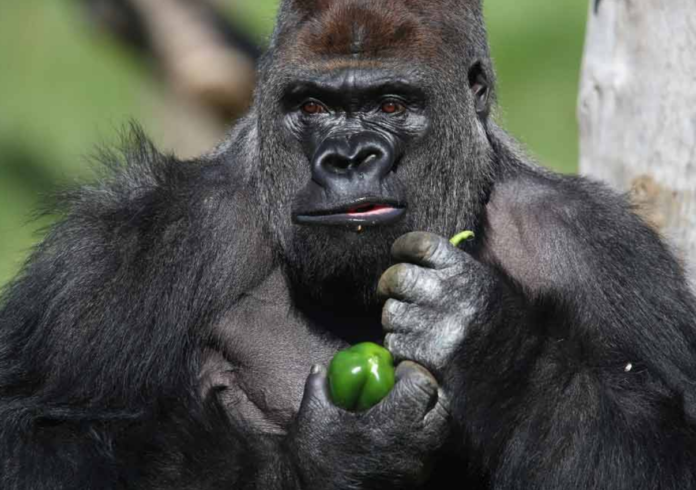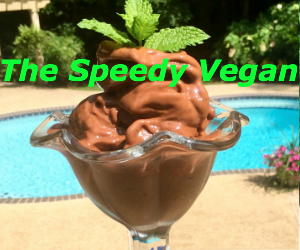As most vegetarians and vegans know all too well, one of the most common objections we face on a daily basis is this: “Where do you get your protein?”
Great question! But let’s take a quick detour and zoom in on the gorilla, an imposing primate that sticks primarily to a vegetarian diet.
It feeds on stems, bamboo shoots and fruits. Hmmm, that sounds awfully green for such a powerful animal. Full disclosure: certain western lowland gorillas enjoy termites and ants, and break open termite nests to eat the larvae, but that is not their core diet.
Now, in terms of strength, an adult gorilla is about six times stronger that the average human male. In fact, scientists estimate that a silverback gorilla might deadlift 1,800 lbs whereas the world’s strongest men might deadlift 900 lbs. By the way, an average man will only deadlift 200 lbs.
So, let’s get back to our question, where do vegetarians and vegans get their protein? And even more importantly, how much protein do we really need on a daily basis?
Here the science is definitive. Humans only need approximately 10% of their calories to be protein-based. That’s it.
Unfortunately, most of us are more in the range of 20% and even more startling, the bulk of these come from animals. Here’s why this so important:
FACT:
Most of the animal proteins in grocery stores (think steak, pork chops, milk, eggs, chickens and more!) come from factory farms where the meat is often laden with antibiotics and hormones. Animals are fed antibiotics to stem the spread of disease in the crowded conditions they are raised. Further, they are fed hormones to enhance growth and increase production.
But remember: You are not only what you eat.
You are what you eat…eats.
FACT: Animal protein is one of the most acidic foods humans eat which can lead to bone loss and premature aging.
FACT: Animal agriculture is the leading cause of climate change and has a profound impact on the environment. Watch “Cowspiracy.”
Why most of us don’t know is that greens are a tremendous source of protein. As a starting point, it’s important to note that on a daily basis, women should eat around 46 grams of protein and men should consume approximately 56 grams.
Now for a few examples how green stuff is lean stuff and full of protein. Yes full of protein!
- 1 cup of raw broccoli has close to 3 grams of protein and also contains fiber along with essential vitamins and minerals.
- A cup of cooked spinach yields more than 5 grams of protein. It also has high levels of protective carotenoids that may help prevent the development of some cancers.
- A cup of brussel sprouts will give you about 4 grams of protein.
- A cup of boiled collard greens will add over 5 grams of protein to your daily intake. Like spinach, collards can be boiled or steamed.
- A single cup of green peas will yield just under 8 grams of protein.
So, the next time someone asks you where you get your protein, the answer is simple:
Go Green and Be Lean.










